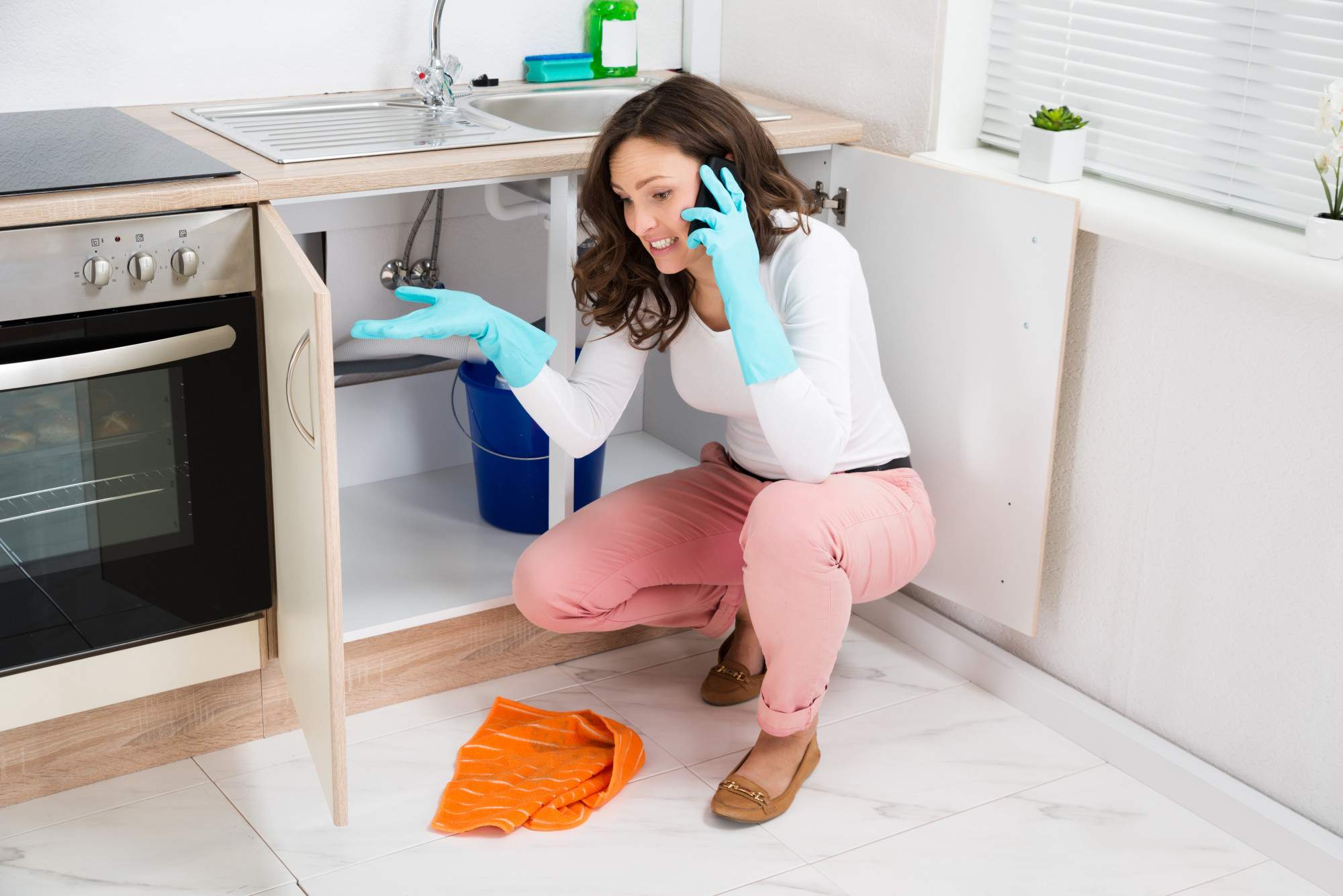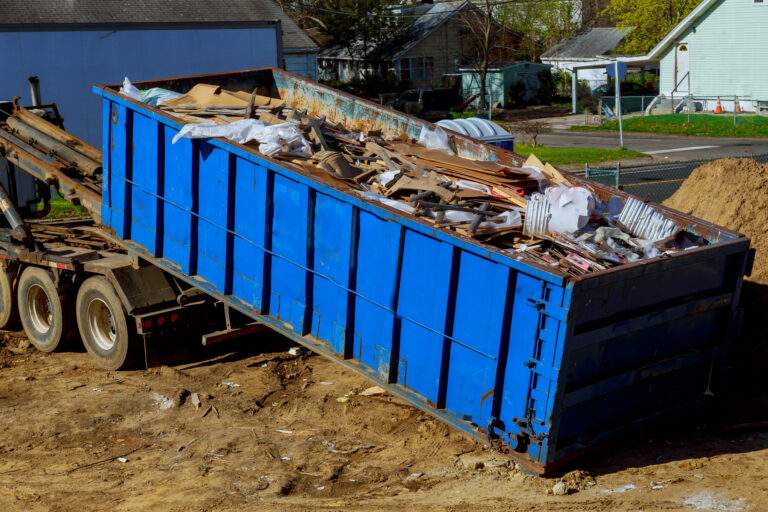
Plumbing Problems? How to Find a Water Leak in Your Home
Fourteen thousand people living in the United States experience a water damage emergency at home or work each day. If you’re a homeowner, this statistic is probably not a comforting one.
Yet, if you do happen to find water damage in your home, you should know you’re not alone. While water damage is often considerable and expensive, if you know how to find a water leak, you have a much better chance at stopping it before it becomes a significant problem.
Read below to learn a few tips and tricks on how to find a water leak, so you can stay ahead of any problems that could occur.
Review Your Water Bill
One of the easiest ways to detect a water leak is by regularly reviewing your water bill. Your water bill should stay steady and be pretty predictable, so if you notice a massive increase in usage one month and you haven’t been using any excess water, you may have a leak.
You can waste up to 10,000 gallons per year on just one faucet that drips steadily. Even if you don’t think it’s a significant leak, you can waste much more water than you know.
A standard family of four typically uses no more than 12,000 gallons of water per month, except in the summertime if you have to water your garden or lawn.
If you notice your household is using much more than this, look into other factors that could be wasting the water away.
Monitor the Water Meter
If you are suspicious of a water leak in your home but don’t have definitive answers, monitoring your water meter will give you what you’re looking for.
First, you must find your water meter, which is generally located under a maintenance hole cover near your street. In areas where the temperature never goes below freezing, you may find your water meter behind your house or on the side, near your water line.
To monitor your water meter, turn off all of your water faucets, dishwasher, washing machine, and any other appliances or fixtures that use water.
Go to your water meter and write down the numbers that it is currently at. In an hour, go back and check again, comparing the numbers. If they are higher than they were, you have a water leak somewhere in your home.
Look For Patches of Greener Grass
While having green grass is always desirable, if you notice one particular patch in your yard that is greener than the rest, you may have a water leak in your yard.
This is most likely located in a water line buried under your yard. Along with the greener grass, you will also probably see puddles of water on the surface.
While this indicates the water leak is not in your home, if the water is already bubbling to the surface, you most likely have a significant leak in your yard that could be costly to fix. Finding a professional to address the issue as soon as possible is essential, such as calling this plumber.
Investigate Your Appliances
If you conducted the water meter test and there is, in fact, a water leak, the first thing you should do is check out all of the appliances in your home.
Investigate the cabinets located under your bathroom, kitchen, and laundry sinks. If they are still dry, there’s a good chance those particular sinks are not the problem.
Look for puddles at the base of your toilets, showers, and tubs. Check beneath your dishwasher, water heater, and washing machine.
Any puddles or moisture at all could indicate a leak. If this is the case, turn off the water supply valve immediately, and call a professional plumber.
Test the Toilet
If you investigated your appliances and did not find any moisture or puddles, the next step to diagnose leaking plumbing is to test the toilet.
Toilets often have internal leaking due to the toilet’s flapper. This part of the toilet prevents water from entering the bowl until you flush the toilet, but it can become brittle over time, allowing water to come into the bowl from the tank.
If you suspect this, add food coloring to the tank of every toilet in your house. Come back in five minutes to check the bowl of the toilet. If you see food coloring, you have a leaky toilet tank.
If you were to attempt to fix a water leak that was caused by your toilet’s flapper, you could replace the toilet’s flapper yourself. Or, you can leave it up to the professionals and call a local plumber to do so for you.
Be Aware of the Signs
There are a few other signs you should always be aware of, even if you may not currently have a water leak in your home.
Always look for wall discoloration on your ceilings and walls, as this could indicate water damage that is coming through your drywall. Along with this, if you spot bubbling paint or wallpaper, this could mean water has damaged the wallboard, which might need to be replaced.
While some water leaks are totally silent, others cause a dripping sound. If you hear one, even if it is very slight, conduct some of the tests above to find where it is coming from.
Use This Guide to Learn How to Find a Water Leak
No one wants to have to deal with a water leak in their house. Water damage can be incredibly expensive, not to mention inconvenient to deal with.
Yet, learning how to find a water leak can save you time and money in the long run, so use this guide to investigate your home and find where the leak is coming from before it becomes significant.
For more lifestyle articles similar to this one, browse through our website today!















